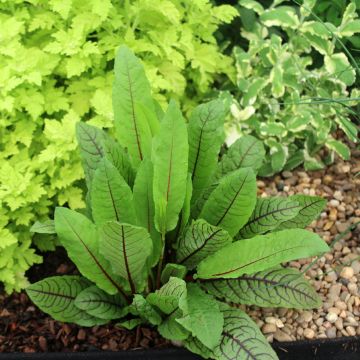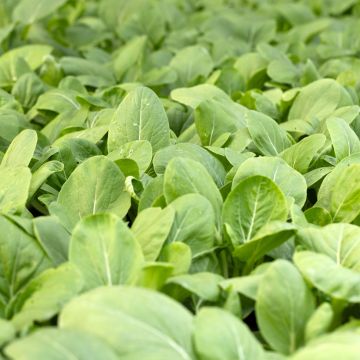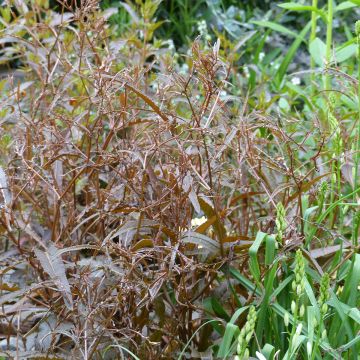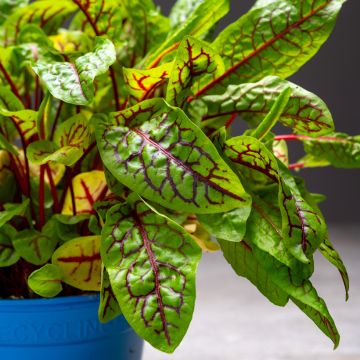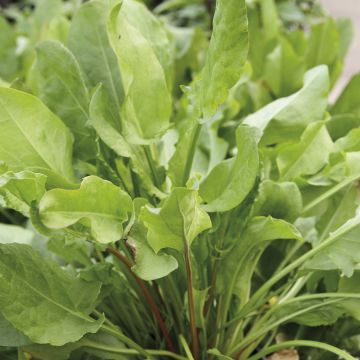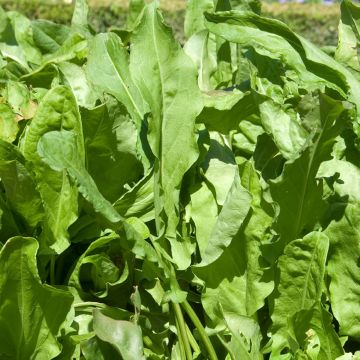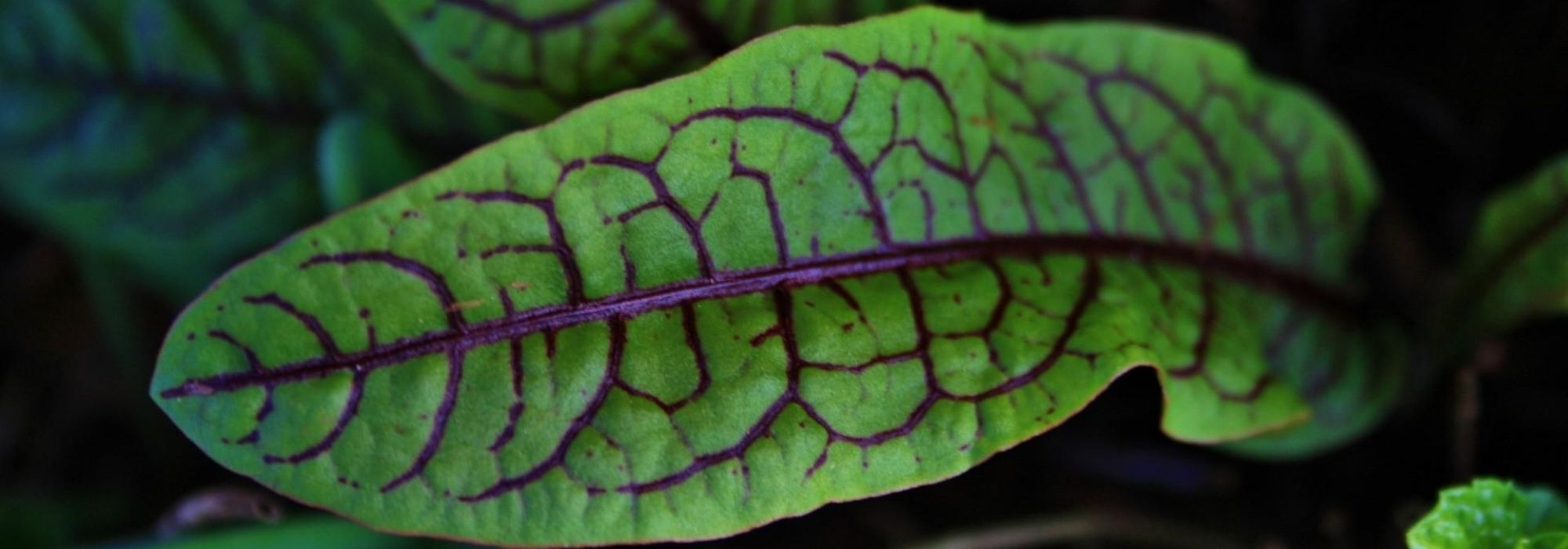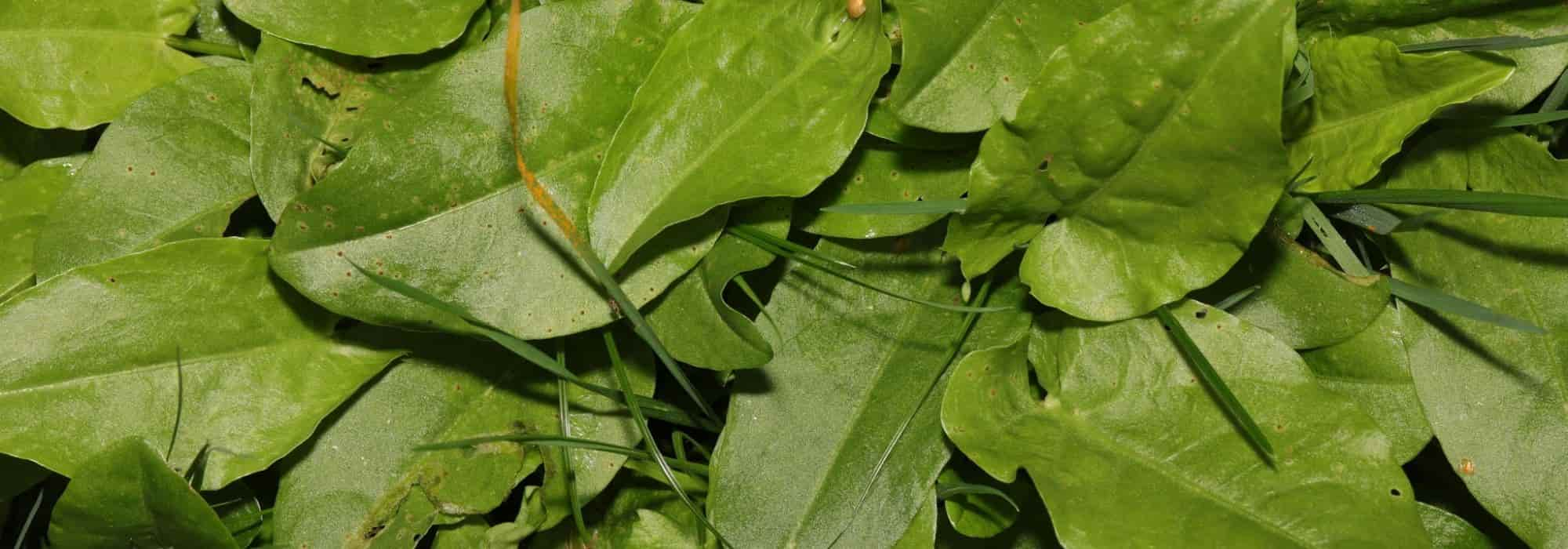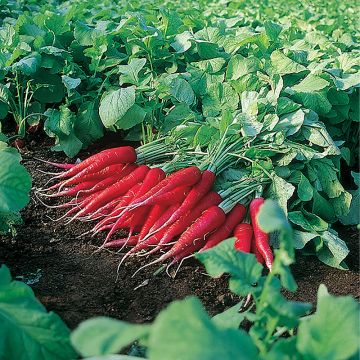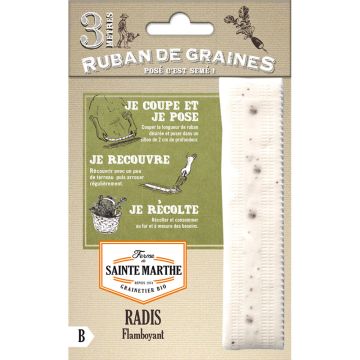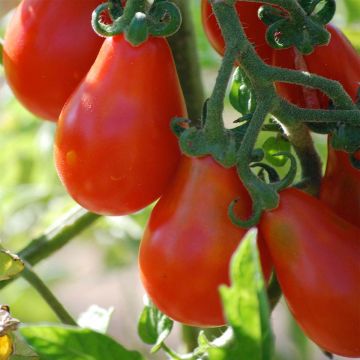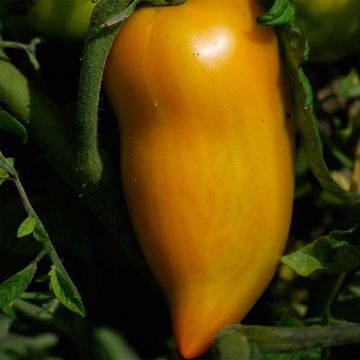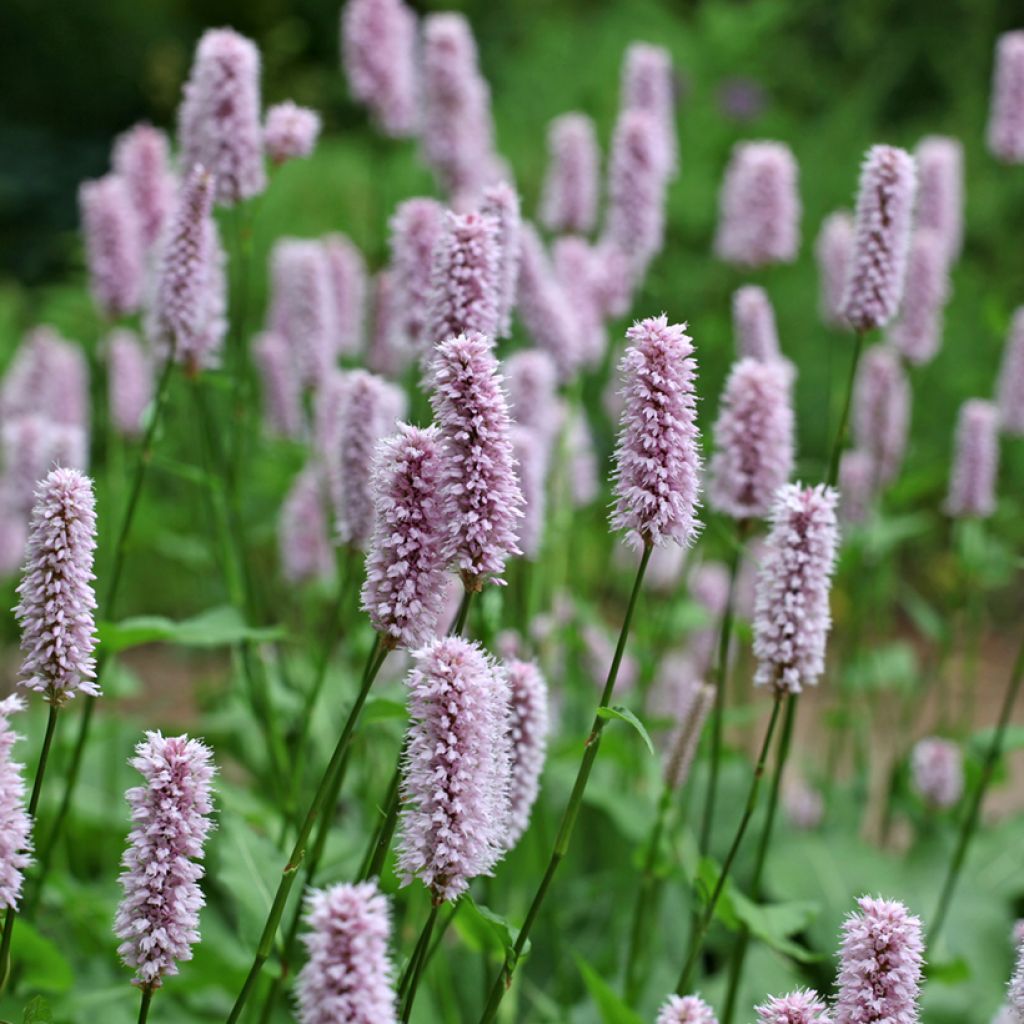

Bistorta officinalis
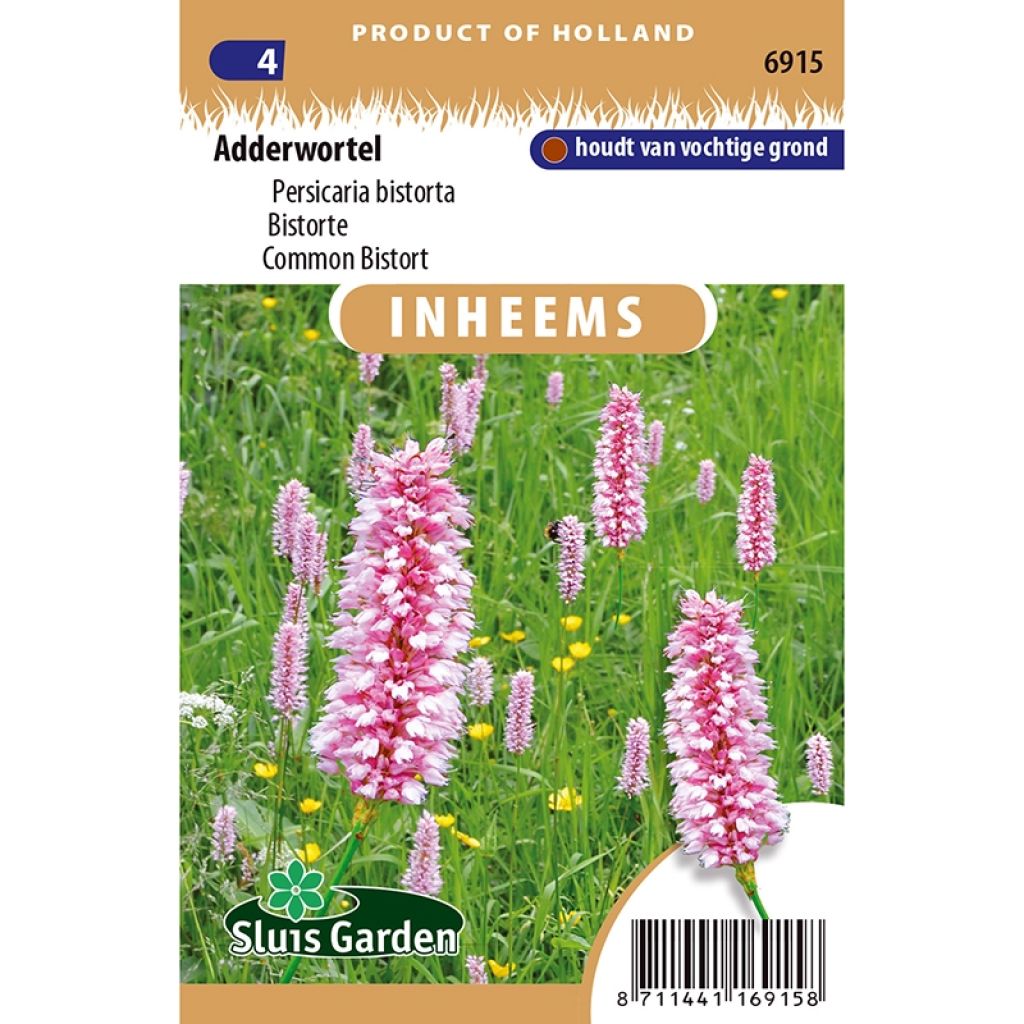

Bistorta officinalis
Bistorta officinalis
Bistorta officinalis
Common Bistort, European Bistort, Snakeweed, Meadow Bistort, Adderwort, Dragonwort, Snake-root, Osterick, Passions, Patience Dock, Pink Pokers, Pudding Dock, Pudding Grass, Red Legs, Smokeweed, Easter Giant, Easter Ledges, Gentle Dock
Special offer!
Receive a €20 voucher for any order over €90 (excluding delivery costs, credit notes, and plastic-free options)!
1- Add your favorite plants to your cart.
2- Once you have reached €90, confirm your order (you can even choose the delivery date!).
3- As soon as your order is shipped, you will receive an email containing your voucher code, valid for 3 months (90 days).
Your voucher is unique and can only be used once, for any order with a minimum value of €20, excluding delivery costs.
Can be combined with other current offers, non-divisible and non-refundable.
Why not try an alternative variety in stock?
View all →This plant carries a 6 months recovery warranty
More information
We guarantee the quality of our plants for a full growing cycle, and will replace at our expense any plant that fails to recover under normal climatic and planting conditions.
Description
Bistort, in Latin Bistorta officinalis (synonym Persicaria bistorta) is a perennial medicinal, edible, honey-producing, and highly decorative plant that grows spontaneously in damp, moist, and slightly shaded areas, mainly in the mountains. It offers lovely spikes of pink flowers, rich in nectar, from spring to summer. Its young shoots and leaves are edible and its root is sometimes used in herbal medicine. When used as an ornamental groundcover, it should be monitored as it can be invasive. Bistort can be sown under cover from February or in place from March. Its seeds, which go dormant, can sometimes take time to germinate.
Bistort has many common names. It is a perennial plant from the family Polygonaceae that measures between 20 and 80 cm (8 and 32in) in height. Its growth is rapid. It has a thick, spreading stump and twisted rhizomes. Its stems are erect, simple, and sparsely leafy. The basal leaves are broadly oblong-lanceolate, arranged alternately. They resemble those of sorrel. The stem leaves are smaller and sheathing on the stem. Flowering, abundant, charming, and nectar-rich, occurs from May to July. Compact and cylindrical spikes measuring 3 cm (1in) in diameter and 5-9 cm (2-4in) in height appear at the tips of the stems. They are composed of tiny pink flowers with prominent stamens. The vegetation, semi-evergreen, more or less disappears in winter. This plant gets its name Bistort, which means twice twisted, from the shape of its S-shaped root. It contains saponin, vitamin C, tannins, and potassium nitrate with pharmaceutical properties used particularly in cases of bleeding. Its use is strongly discouraged for individuals with kidney conditions, as it contains a high amount of oxalic acid like its cousin sorrel.
Harvest: Young shoots and leaves are harvested before flowering. The root is usually dug up in autumn, especially for use in herbal medicine.
Preservation: Young bistort leaves should be consumed immediately after harvesting. They can also be dried and stored in the shade, or cooked and frozen.
In the kitchen: Young fresh leaves can be consumed in small quantities in salads. They can also be cooked, fresh or rehydrated, like spinach, in soups, quiches, soufflés, and gratins, for example. For the rootstock: it is essential to cook it in multiple changes of water to eliminate its astringency. The seeds can be consumed like millet.
Gardener's tip: To limit watering, we recommend mulching the soil with thin successive layers of grass clippings mixed with dead leaves from late May onwards. This protection helps the soil retain moisture and also reduces the need for weeding.
In ornamental gardens: Bistort can be planted in full sun or partial shade, in any deep and rich soil, clay or rich in humus, that remains moist. It can even be planted on damp banks near water sources. It pairs perfectly with grasses such as miscanthus, and other spike-bearing plants like Verbena hastata and perennial field geraniums...
Harvest
Plant habit
Foliage
Botanical data
Bistorta
officinalis
Polygonaceae
Common Bistort, European Bistort, Snakeweed, Meadow Bistort, Adderwort, Dragonwort, Snake-root, Osterick, Passions, Patience Dock, Pink Pokers, Pudding Dock, Pudding Grass, Red Legs, Smokeweed, Easter Giant, Easter Ledges, Gentle Dock
Western Europe
Perennial
Other Sorrel seeds
View all →Planting and care
Sowing: the seeds may be in dormancy, germination can sometimes be long.
Sowing is done under shelter, from February or in place from the month of March in moist, fertile and well-prepared soil. The plant self-seeds spontaneously.
Sowing in a tray:
Prepare a tray filled with a seed compost mixture.
• Moisten the soil well.
• Compact it with a small board.
• Leave 10 cm (4in) between the seeds.
• Slightly cover the seeds with compost.
• Compact with the board.
• Keep the soil moist until germination.
When the seedlings are manageable and have a few leaves:
• Prepare pots filled with seed compost.
• Select the strongest young plants.
• Transplant them into the buckets without damaging the roots.
• Compact the compost.
• Water regularly, but not excessively, until the time of planting.
Sowing in open ground:
• Loosen the soil to the depth of a spade.
• Improve the soil with compost or well-rotted manure.
• Water.
• Sow thinly.
• Cover the seeds with a thin layer of compost.
• Compact with a small board.
Cultivation:
Bistort can be planted in full sun or partial shade. It appreciates clay, moist soils and even pond edges. In most deep, rich, and moist soils, the plant will develop perfectly. Remember to water regularly during dry periods to keep the soil moist.
Seedlings
Care
Intended location
Planting & care advice
This item has not been reviewed yet - be the first to leave a review about it.
Similar products
Haven't found what you were looking for?
Hardiness is the lowest winter temperature a plant can endure without suffering serious damage or even dying. However, hardiness is affected by location (a sheltered area, such as a patio), protection (winter cover) and soil type (hardiness is improved by well-drained soil).

Photo Sharing Terms & Conditions
In order to encourage gardeners to interact and share their experiences, Promesse de fleurs offers various media enabling content to be uploaded onto its Site - in particular via the ‘Photo sharing’ module.
The User agrees to refrain from:
- Posting any content that is illegal, prejudicial, insulting, racist, inciteful to hatred, revisionist, contrary to public decency, that infringes on privacy or on the privacy rights of third parties, in particular the publicity rights of persons and goods, intellectual property rights, or the right to privacy.
- Submitting content on behalf of a third party;
- Impersonate the identity of a third party and/or publish any personal information about a third party;
In general, the User undertakes to refrain from any unethical behaviour.
All Content (in particular text, comments, files, images, photos, videos, creative works, etc.), which may be subject to property or intellectual property rights, image or other private rights, shall remain the property of the User, subject to the limited rights granted by the terms of the licence granted by Promesse de fleurs as stated below. Users are at liberty to publish or not to publish such Content on the Site, notably via the ‘Photo Sharing’ facility, and accept that this Content shall be made public and freely accessible, notably on the Internet.
Users further acknowledge, undertake to have ,and guarantee that they hold all necessary rights and permissions to publish such material on the Site, in particular with regard to the legislation in force pertaining to any privacy, property, intellectual property, image, or contractual rights, or rights of any other nature. By publishing such Content on the Site, Users acknowledge accepting full liability as publishers of the Content within the meaning of the law, and grant Promesse de fleurs, free of charge, an inclusive, worldwide licence for the said Content for the entire duration of its publication, including all reproduction, representation, up/downloading, displaying, performing, transmission, and storage rights.
Users also grant permission for their name to be linked to the Content and accept that this link may not always be made available.
By engaging in posting material, Users consent to their Content becoming automatically accessible on the Internet, in particular on other sites and/or blogs and/or web pages of the Promesse de fleurs site, including in particular social pages and the Promesse de fleurs catalogue.
Users may secure the removal of entrusted content free of charge by issuing a simple request via our contact form.
The flowering period indicated on our website applies to countries and regions located in USDA zone 8 (France, the United Kingdom, Ireland, the Netherlands, etc.)
It will vary according to where you live:
- In zones 9 to 10 (Italy, Spain, Greece, etc.), flowering will occur about 2 to 4 weeks earlier.
- In zones 6 to 7 (Germany, Poland, Slovenia, and lower mountainous regions), flowering will be delayed by 2 to 3 weeks.
- In zone 5 (Central Europe, Scandinavia), blooming will be delayed by 3 to 5 weeks.
In temperate climates, pruning of spring-flowering shrubs (forsythia, spireas, etc.) should be done just after flowering.
Pruning of summer-flowering shrubs (Indian Lilac, Perovskia, etc.) can be done in winter or spring.
In cold regions as well as with frost-sensitive plants, avoid pruning too early when severe frosts may still occur.
The planting period indicated on our website applies to countries and regions located in USDA zone 8 (France, United Kingdom, Ireland, Netherlands).
It will vary according to where you live:
- In Mediterranean zones (Marseille, Madrid, Milan, etc.), autumn and winter are the best planting periods.
- In continental zones (Strasbourg, Munich, Vienna, etc.), delay planting by 2 to 3 weeks in spring and bring it forward by 2 to 4 weeks in autumn.
- In mountainous regions (the Alps, Pyrenees, Carpathians, etc.), it is best to plant in late spring (May-June) or late summer (August-September).
The harvesting period indicated on our website applies to countries and regions in USDA zone 8 (France, England, Ireland, the Netherlands).
In colder areas (Scandinavia, Poland, Austria...) fruit and vegetable harvests are likely to be delayed by 3-4 weeks.
In warmer areas (Italy, Spain, Greece, etc.), harvesting will probably take place earlier, depending on weather conditions.
The sowing periods indicated on our website apply to countries and regions within USDA Zone 8 (France, UK, Ireland, Netherlands).
In colder areas (Scandinavia, Poland, Austria...), delay any outdoor sowing by 3-4 weeks, or sow under glass.
In warmer climes (Italy, Spain, Greece, etc.), bring outdoor sowing forward by a few weeks.































